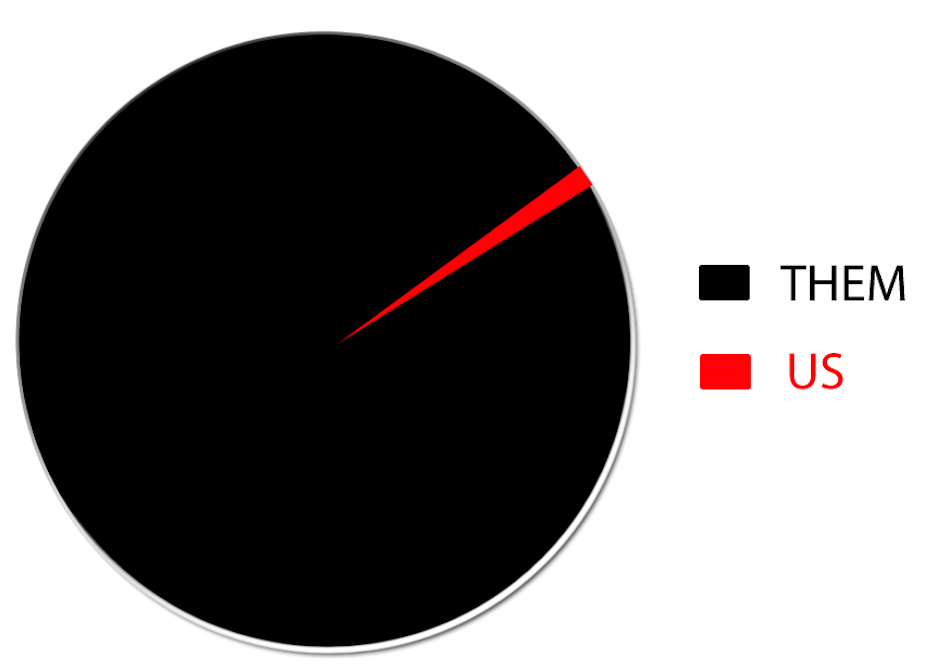Have you used your mobile phone, taken medicine or banked online today? As consumers, we benefit directly from the increasing pace of innovation.
But ten years into the Asian century, the source of innovation is clearly changing. Global investment in research and development has nearly doubled. China’s investment alone has grown to 13% of the OECD total. As these investments grow, Australia’s share of global research and development is set to shrink.
Australia’s future advancement and economic development depends on our ability to move with these changes. As argued recently on The Conversation, we need our scientists to have access to the 98% of knowledge produced outside Australia.
If not, we risk leaving Australian scientists out of the loop, and missing out on the burgeoning knowledge economy.
Greater rewards
Scientific research is increasingly more collaborative across national borders. In my own research, collaborations with experts in Europe, North America, Japan, India and more recently China have been truly significant, impacting on the output and the competitiveness of my research team.
Collaboration with leaders in Ireland, for example, has allowed us to transfer microscopy techniques to Australia. These methods have helped my research team examine dairy products, such as cheese, with powerful image analysis tools to improve texture and to predict and control properties that determine sensory perception and taste.
Our research impacts on the cheese and other processed food products you then purchase in the supermarket. But perhaps more importantly, it has a vital economic impact.
The methods we develop assist Australian manufacturers to produce superior dairy products. The dairy industry is Australia’s third largest rural industry and the impact of scientific research on its profitability is considerable.
Every increase in yield of 0.5% as a result of our microscopy studies could result in an additional 750 tonnes of cheese per year or an increase in annual sales of $3.5 million.
International scientific engagement is also critical to the development of new Australian industries. A company called Dyesol for example, developed dye solar cell technology in partnership with researchers in Switzerland. This then lead to a company at the cutting edge of third generation solar technologies that now employs 50 people.
While leverage on government investment in science and innovation is estimated to provide a rate of return of six to one, a figure of 21-fold can be achieved when commercial outcomes are considered.
Linkage and showcasing on an international stage is likely to attract foreign investment – an area where Australia rates poorly by international standards.
Stronger links needed
There is an urgent need for Australia to make strong international links that foster innovation. Other countries are investing and tailoring their policies to improve international collaboration.
Like many scientists and engineers, I have seen first-hand the resources available to our international colleagues in the region and the quality of science emerging from top institutions.
There is a small window of opportunity in this critical decade where we must begin to set up the opportunities needed for the next 20 to 30 years.
Past programs such as International Science Linkages have supported links to countries such as South Korea, where collaboration has been ongoing for twenty three years.
Unfortunately this program has now ceased and many bilateral government-to-government agreements for science and technology co-operation remain unfunded.
Australian leadership
There is a clear need for federal investment to secure Australia’s role as a leader in the Asia Pacific and global innovation.
Australia has key strategic advantages as a nation. We have invested in science and innovation in the last century, are well-placed geographically and our scientists and engineers are valued worldwide.
We must build on this past success to maximise our advantage in the Asian Century in what is increasingly becoming a technologically-driven world.
The Australian Academy of Science released a position paper – Australian science in a changing world: innovation requires global engagement – today.

